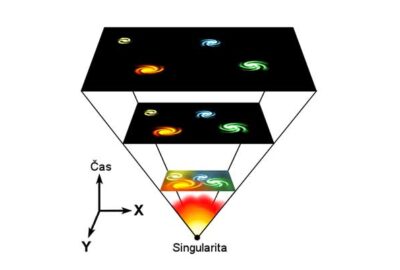The comet’s tail is an impressive and fascinating feature that has captured the attention of astronomers and the public for centuries. The reason why Halley’s Comet has a tail is due to a combination of factors related to its composition, its orbit, and its interaction with the Sun’s radiation.
The tail of Halley’s Comet is primarily composed of gas and dust that are released from the comet’s nucleus as it approaches the Sun. The nucleus of the comet is made up of ice, dust, and rocky material, which is held together by gravity. As the comet gets closer to the Sun, the ice on its surface begins to vaporize, releasing gas and dust into space. This process is called sublimation, and it is what creates the coma, or the fuzzy halo, around the nucleus of the comet. The gas and dust are then pushed away from the nucleus by the solar wind, creating the comet’s distinctive tail.
The shape of the tail is also determined by the orientation of the comet’s orbit relative to the Sun. Halley’s Comet has an elongated orbit that takes it from the outer Solar System to the inner Solar System, passing close to the Sun and then returning to the outer Solar System. As the comet approaches the Sun, the solar wind pushes the gas and dust away from the nucleus in the direction of the Sun, creating a curved tail that points away from the Sun. As the comet moves away from the Sun, the tail straightens out and becomes less visible.
Another factor that contributes to the appearance of Halley’s Comet’s tail is the interaction between the solar wind and the ionized gas in the tail. The solar wind is a stream of charged particles that is constantly flowing out from the Sun. When it interacts with the ionized gas in the tail, it can cause the gas to glow, producing a bright, visible tail that can be seen from Earth.
In conclusion, Halley’s Comet has its distinctive tail due to a combination of factors related to its composition, its orbit, and its interaction with the solar wind. The sublimation of ice on the surface of the nucleus releases gas and dust, which are pushed away from the nucleus by the solar wind, creating the comet’s tail. The shape and visibility of the tail are determined by the orientation of the comet’s orbit relative to the Sun, and the interaction between the solar wind and the ionized gas in the tail. These factors combine to create one of the most spectacular and captivating sights in the night sky.



